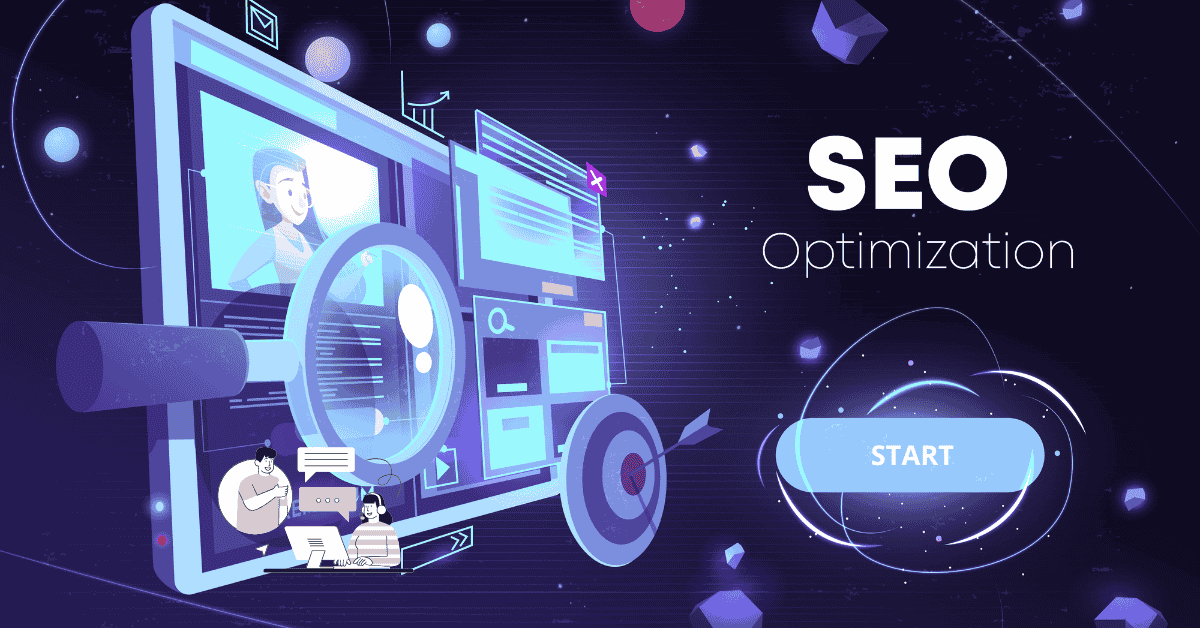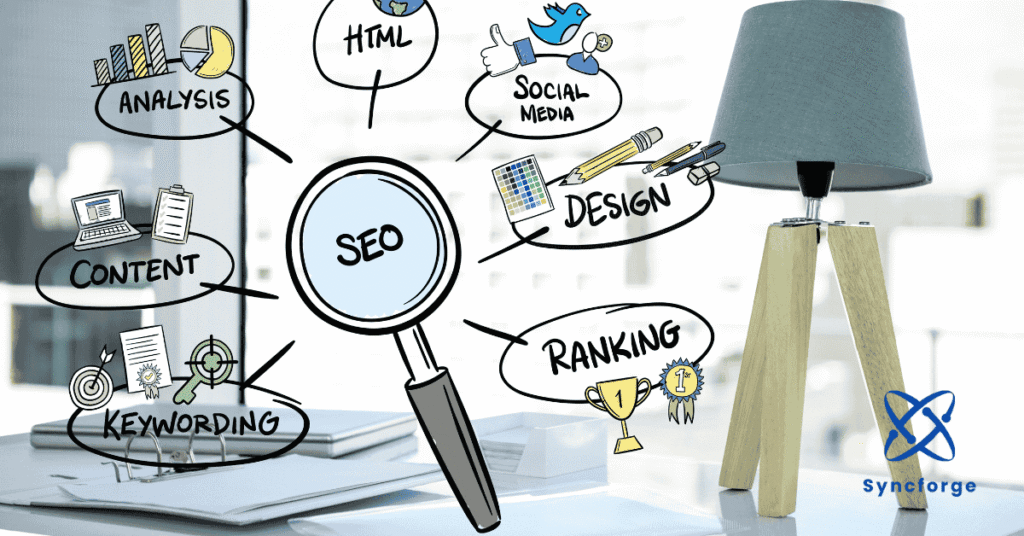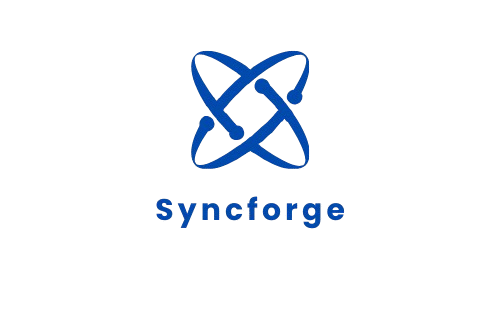SaaS Technical SEO: Let’s Learn and Unfold the Most Powerful Growth Driver of 2025

Introduction:
In 2025, the SaaS market is becoming more crowded every day, just like a marathon where new runners keep jumping in every single day. The number of new startups grows daily, cloud software usage is gaining momentum, and customers demand seamless digital experiences. With all this noise, there is one factor that usually keeps the successful and the unsuccessful solutions apart in SaaS Technical SEO.
Consider technical SEO as the online infrastructure. It is the plumbing and wiring that make your digital house run smoothly. In its absence, even the most innovative SaaS solutions will be virtually hidden in the search results. It comes with growth that is accelerated, leads are made easier and your brand gathers long-term authority.
But what actually can SaaS founders, business owners, and tech-savvy teams concentrate on in 2025? Let’s dive in.
SaaS SEO Strategy & Keyword Research:
Every growth narrative starts with a plan. That means understanding what your target audience is looking for in terms of SaaS SEO strategy. SaaS solutions, in contrast to e-commerce, sell transformation rather than just goods.
Instead of casting a wide net with generic keywords, SaaS brands win with Long-tail Keywords that target intent. Someone searching for “cloud software” might be browsing, but someone searching for “best SaaS site audit tool for startups” is ready to make a decision.
Here’s where SaaS keyword research shines:
- Identify pain points in digital transformation.
- Map queries to each stage of the buyer journey.
- Optimise content to educate, not just sell.
When you align your keyword strategy with customer needs, your content doesn’t just rank, it resonates. And when done consistently, inbound SEO leads prove their worth: they cost 61% less than outbound and convert at 14.6% compared to just 1.7% for outbound marketing. That’s not theory, that’s the ROI case for investing in technical SEO for SaaS startups.
Technical SEO Checklist for SaaS:

Imagine launching a brilliant SaaS platform only to find out Google can’t properly crawl half your site. It happens more often than you think. That’s why a Technical SEO checklist for SaaS is critical. For 2025, the checklist looks like this:
- SaaS indexing and crawlability solutions: Verify that all important pages (integrations, features, and price) are reachable.
- HTTPS Security: Essential for preserving user confidence.
- XML Sitemaps & Robots.txt: Clearly direct search engines.
- Resolving common SaaS technical SEO issues and fixes, like duplicate content across multiple product versions.
- Structured Data: Using schema to draw attention to reviews, price, and frequently asked questions.
Any omission of these steps is like constructing a skyscraper without a foundation. Your SaaS site may look attractive, but it will not rank highly in search results.
Core Web Vitals & Site Speed:
Nobody likes a slow SaaS website. In fact, SaaS Core Web Vitals make speed, stability, and interactivity a ranking priority.
Consider this situation: The form either shifts in mid-click or takes five seconds to load when a business founder clicks on your sample registration site. Do you believe they will bounce to a competitor or try again?
The 2025 optimisation strategies include:
- Reducing the size of images and preserving their quality.
- With content delivery networks (CDNs).
- Reducing JavaScript bloat.
And the results speak for themselves. Vodafone improved its Largest Contentful Paint (LCP) by 31%, which led to an 8% increase in sales, according to RUMvision [Real User Monitoring]. Renault achieved a one-second improvement in LCP and saw a 14% decrease in bounce rate plus a 13% boost in conversions. On Shopify, the store Carpe improved LCP by 52%, resulting in a 5% lift in conversion rate, 10% more traffic, and ultimately a 15% revenue increase. That’s SaaS Core Web Vitals optimisation strategies fueling measurable growth.
On-page & Landing Page SEO:
Landing pages are often the lifeblood of SaaS marketing. They’re where browsers turn into trial users, and trial users turn into paying customers. Yet too many SaaS landing pages, despite being beautifully designed, fail to perform in search.
Why? Sometimes JavaScript hides content from search engines. Overdesigned layouts can bury critical headings. And then, duplicated copy leaves Google unsure of what the page is about.
The fix is straightforward. Ensure that your most important content, from your H1 headline to your key value propositions, is visible and crawlable. Use insights from SaaS keyword research to shape headlines and meta descriptions. And don’t overlook schema markup, which can highlight testimonials, pricing, or FAQs directly in search results.
Done right, a landing page becomes both a conversion engine and a search magnet. And the payoff is huge: businesses that focus on SaaS content optimization see 3 times higher conversion rates, even with lean teams. That’s proof that small adjustments to SaaS landing pages can translate directly into revenue growth.
Site Migration & Architecture:
As SaaS companies grow, change is inevitable. Maybe you’re rebranding, expanding into new markets, or moving to a different CMS. Each of these comes with risk, and that risk is called SaaS site migration SEO best practices.
Unless it is planned, a migration can demolish years of hard-earned rankings in a single night. Redirects should be remapped carefully. Sitemaps must be updated before launch. And each page must be tested for crawlability.
SaaS website architecture SEO guide is just as important. A flat, logical structure keeps both search engines and users happy. No critical page, like pricing or signup page, should be more than three clicks from the homepage.
Future-Proof SEO in 2025:
It would be delusional, if you percieve SEO as static and care just for today. The search engines continuously evolves, and the expectations of users also rise with the flow of time. So the matter is not just to rank today but businesses should also be concerned about how to stay relevant tomorrow. Future proof SEO helps you in building strategies that survive updates. The following are few SaaS SEO best practices which should be considered to remain relevant and ahead:
Use structured data to accommodate semantic search: Just overstuffing keywords would not benefit you much as now search engines also focus on the context. Structured data increase readability and visibility of your content. For example companies attract more clicks b adding faqs in their schemas as their answers than directly appears in Google snippets.
Double down on SaaS Core Web Vitals optimisation strategies: Site speed is the most crucial element. If your site is slow, visitor will quickly switch to the next site, no matter how high quality content your website holds. Vodafone boost their sales by 8% after improving their load time.
Prioritise original insights over AI-generated content: Originality is appreciated by search engines. A dull and boring original stats or analytics shared by company surpass an engaging and polished AI written post.
Integrating SaaS Technical SEO into Digital Transformation can lift your organic traffic.
One should not forget realistic expectations and keep in mind that SEO is not an overnight hack. It is a slow but rewarding process. If you are doing it right, you can expect to see meaningful results within 3–9 months, depending on competition and execution.
SaaS startups must not just worry about their rankings but also about their credibility. As Investors, customers, and partners all judge your digital presence, a slow or broken website would not earn you trust and confidence but a fast one will.
FAQs:
What are the most trustworthy SaaS services for on-page SEO audits in 2025?
SEMrush and Ahrefs are considered the most effective and widely trusted across the globe.
Why do people prefer SaaS SEO audit tools over manual audits?
Both are incomparable, as SaaS audit tools not just minimize errors that are common in manual edits but also save plenty of time and energy.
What are some reliable SaaS SEO tools for small businesses?
The most cost-effective options are Sitebulb and SEOptimer, which work well for small businesses.
Name top SaaS tools that offer free on-page SEO audits and are reliable as well?
Screaming Frog, Google PageSpeed Insights, and SEOptimer are a few good options, and they provide cost-free access to basic audits.
What do SaaS technical SEO actually do?
SaaS Technical SEO is responsible for enhancing your website’s speed, visibility, user experience, and making it understandable for search engines.
Conclusion:
The SaaS industry will only get more crowded. Cloud software adoption is soaring, and digital transformation shows no signs of slowing down. That means visibility is both a challenge and an opportunity.
The winners in 2025 will be those who treat SaaS Technical SEO not as an afterthought, but as a growth driver.
Audit your site. Improve SaaS Core Web Vitals. Optimise your landing pages. Build smarter SaaS site structure SEO. And don’t just keep up with the future, lead it.
In the world of SaaS technical SEO is about earning credibility and delivering performance that customers and Google can’t ignore.
CTA:
If you really want to rise above the rest in the SaaS market, then start concentrating on SaaS Technical SEO today and let your growth curve climb in 2025.




